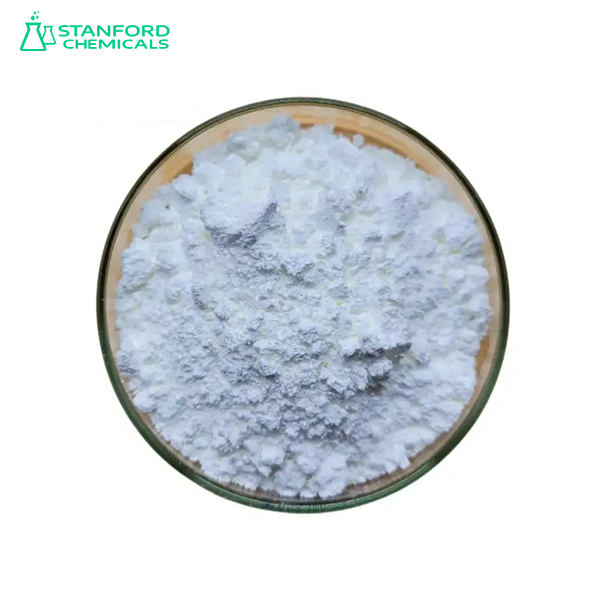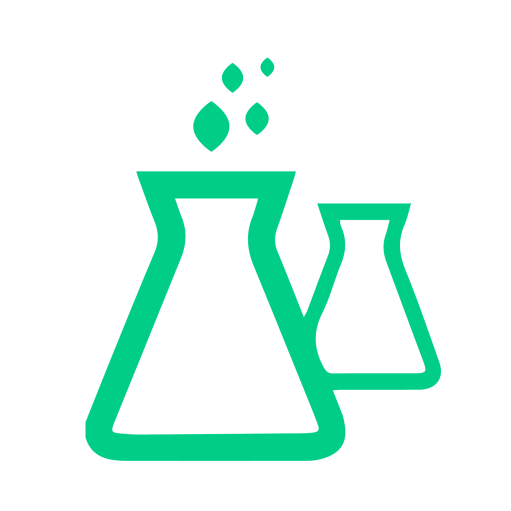
Dihydroartemisinin is an active metabolite present in all artemisinin compounds though it can also be found as a drug on its own. It is semisynthetic and is obtained from artemisinin.
It is usually combined with piperaquine for the treatment of malaria. The tablets contain 40mg of dihydroartemisinin and piperaquine accounts for 320mg of the tablet. The dose is usually spread over three days. It is mainly used to treat uncomplicated malaria caused by the Plasmodium falciparum parasite.
Malaria is termed uncomplicated if it is a mild form. It may lead to a fever, possibility of headache, nausea, muscle pains, tiredness, vomiting, nausea, and abdominal pains. Even though it starts as uncomplicated it should be treated with haste because if it is left untreated it could become severe malaria leading to breathing problems, kidney failure, unconsciousness, fits, and eventual death.
Malaria is endemic in Asia, South America, and Africa with large scores of people dying every year. It is treatable especially if it is caught early before symptoms become very severe. The use of dihydroartemisinin as part of combination therapy has had different effects on populations from these places. It was found to reduce the incidence of treatment failure in Africa while its effectiveness in Asia was found to be the same as that of artesunate-mefloquine but was tolerated better.
Researchers have found that it can be very useful as an anticancer drug. There is evidence that dihydroartemisinin can target melanoma cells. Other tests have confirmed its ability to inhibit the growth of cancer cells in ovarian and breast cancer. Further investigations may see it being used actively in the treatment of different types of cancer in the future.
Advantages
1. It gives rise to fewer side effects as compared to artesunate-mefloquine, another artemisinin-based combination therapy (ACT). Patients experience less dizziness, nausea, vomiting, heart palpitations, and sleeplessness.
2. It works better than artemether-lumefantrine, another ACT therapy that is more common.
3. When combined with piperaquine which works over a long period it gives the drug enough time to wipe out any parasites left. This gives the patient a much longer window of protection and may not get re-infected for up to nine weeks.
Disadvantages
1. It has a very short half-life (the length of time it remains active in the system) which means that on its own it may not be that effective in clearing all malarial parasites.
2. If used on its own the patient risks developing drug resistance. It is therefore best used in the combination therapies.
